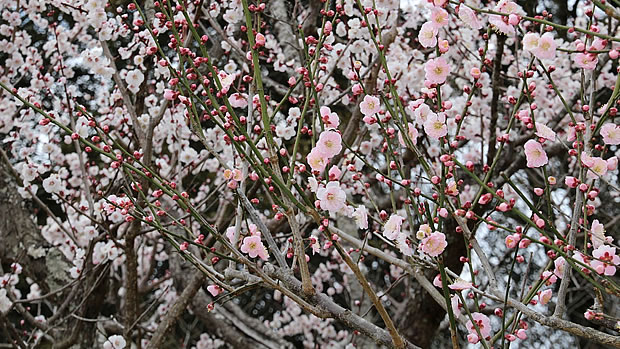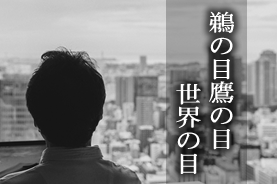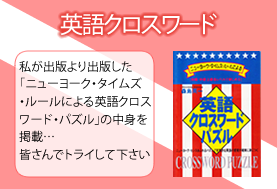
VOLUME-5
☆Commander of Dazaifu Government, Ootomo-no Tabito’s poem:
わが園に
梅の花散る
ひさかたの
天より雪の
流れ来るかも
(太宰帥 大伴旅人 巻5-822)
Waga sononi
Umeno hana chiru
Hisakatano
Ameyori yukino
Nagare kurukamo

O’er in our orchard,
Fall the petals of plum flowers,
Looking like snowflakes,
White and fluffy, through dim lights,
Flowing from Eternal Sky…
(Vol.5-822)
The name of Ootomo-no Tabito suddenly came into spotlight at the start of the new Era – REIWA – after the previous Era, Heisei. Together in the spot lights with Tabito are such names as Professor Nakanishi, Susumu, and Dazaifu Tenmangu-Shrine and its plum trees and flowers. As Emperor Akihito of Heisei Era abdicated (as opposed to usual practice of staying in the position for life), his son took the position of the new Emperor, precisely at the same time (as is the practice) the inception of a new Era name, Reiwa, was proclaimed and instituted. For Japanese people, the Japanese era name, used alongside the internationally used Western Calendar of anno domini, is important both in people’s life and even management of its society, chronologically.
As a matter of fact, a committee specially designated to study, discuss and make recommendations to the Government as to the name of the new era had been formed and started to function some time before the actual abdication and succession took place on April 28th - May 1st, 2019. The commission consisted of expert scholars deeply involved and learned in the Japanese history and culture, plus other dignitaries from the Government and business circles. The name, “Reiwa” was finally chosen and announced by the Chief of Cabinet Affairs, Mr. Suga. The details of the process of the name selection were not disclosed (as is the practice!), but media somehow traced through strenuous efforts and reported that Professor Nakanishi Susumu, an outstanding expert of Japanese culture and history, particularly Man-Yoh-Shuh, is the person who created the name out of the words that appear in a particular phrase in Man-Yoh-Shuh, and made the recommendation, and other commission members agreed. So did Prime Minister Abe and it may be fair to assume, even the new Emperor to be – at that moment in time.
“Reiwa” is the combination of two Chinese characters and the first letter, “Rei” means “gracious” and “beautiful”, and the 2nd letter, “Wa” means “peace” and “harmony”. So, the Government announced the new era name “Reiwa” as the Age of Beautiful Harmony”. It turned out that these two letters, “Rei” (令) and “Wa” (和) were extracted from a phrase set out in Man-Yoh-Shuh.
Dazaifu Government Office had a role of function as the main outpost for the Central Office in Yamato (Nara, now), the most important front for diplomatic relations with outside world, especially the China Continent and Korean Peninsula. Dazaifu located in the south of Fukuoka City (today), and geographically close to outside world and convenient to manage these affairs. Tabito was the Chief Officer of Daizaifu Government during several years from 728. He regularly hosted parties where participants created poems and announced them publicly. In one of the parties he held, he wrote a commendatory preface to the collection of poems created and announced there by different poets/dignitaries, and it is in this preface these 2 letters appear in such contexts as “In this BEAUTIFUL month, we held this party and the breeze has been HARMONIOUS and the plum flowers are in full bloom…..”.
According to one source I have, “Zukai Zatsugaku Man-Yoh-Shuh” (“Illustrated Compilation of Man-Yoh-Shuh Poems” compiled under the supervision of Prof. Nakanishi Susumu!), this poem (V5-822) depicts the scattering of plum flowers as “Like SNOW FLOWing down…”, and this could well have been written under an obvious rendering of a classic Chinese expression, “流雪”, for a traditional Japanese expression of “yuki-ga-furu” (“SNOW FALLs”, literally). Perhaps they wanted to be, or even were accustomed to, say things exotically.
―――
◎◎◎

● BILOG“MAN-YOH-SHUH”topに戻る





